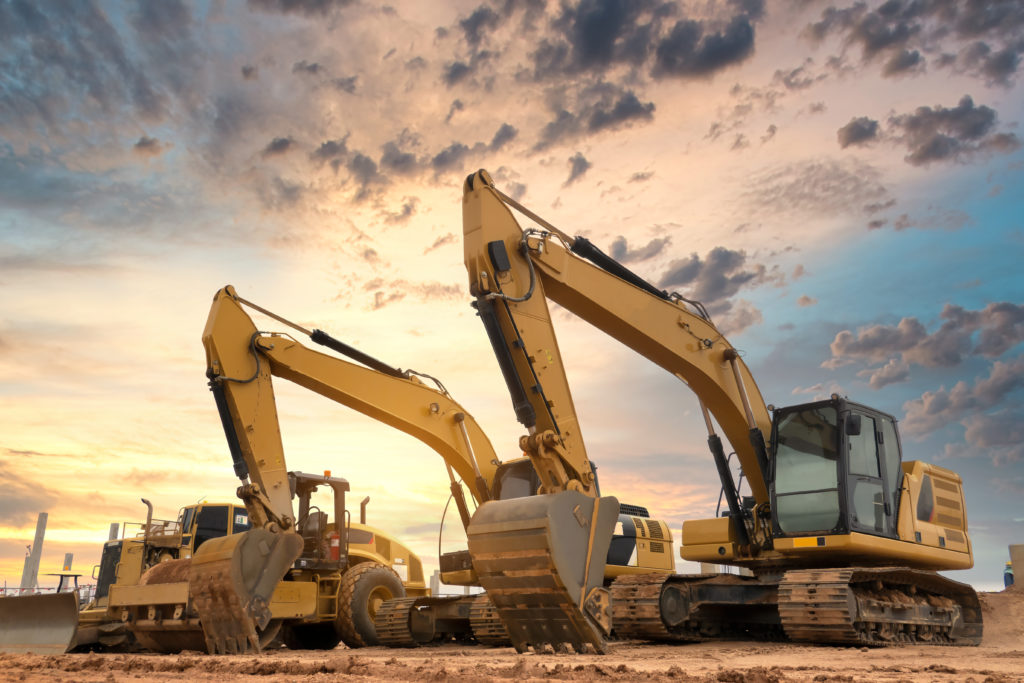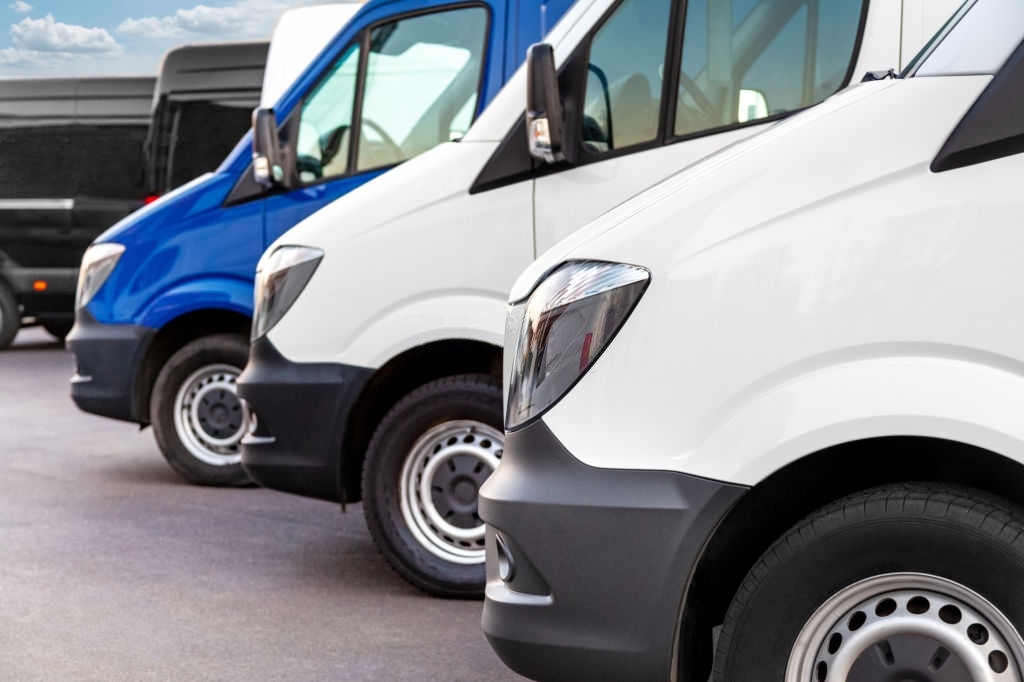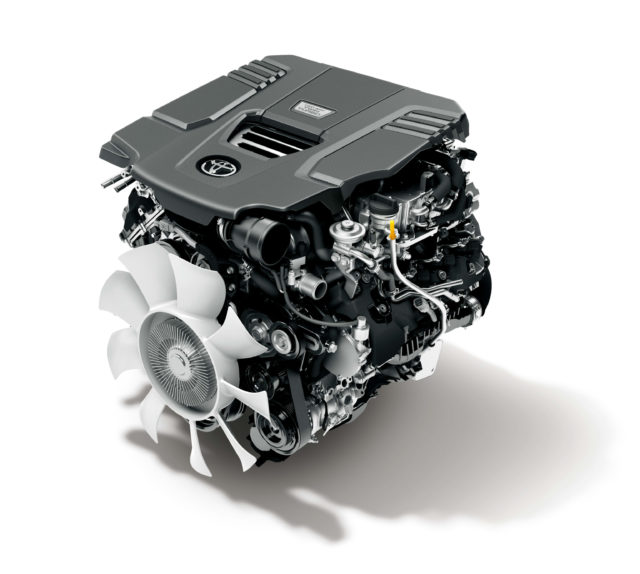The Australian lending market is flooded with many different types of loan products, and this poses several questions for hopeful small business borrowers, especially those who are time poor (and who isn’t?):
- What kind of loan product do I need?
- How much can I afford to borrow and repay?
- Where can I get the best interest rate and other conditions?
- How can I compare the available loans?
- What does all the technical jargon mean?
This is where the finance broker comes in. A finance broker is an intermediary between the lender and borrower, arranging a loan in return for a fee.
How finance brokers can help small businesses
Capable finance brokers:
- Have a detailed knowledge of the loan market
- Are independent and not tied to any particular lender
- Can assess your financial situation and needs and find suitable loan products with competitive interest rates
- Explain any financial and legal terms in the documentation in simple language
- Assist you throughout the loan application and settlement process, and beyond
Finance broker fees
Finance brokers act for the borrower, not the lender, but in the vast majority of cases it is the lending financial institution, not the borrower, who pays the broker’s commission fees.
Preparing to meet your broker
To get the best results, it’s a good idea to do some preparation before your first meeting with your broker. Plan to explain clearly what your business does, how it is structured, and who your main competitors are. Think about your business goals and targets, opportunities and risks, so that you can communicate these clearly. Be prepared to outline the purpose of the funds you hope to borrow – that is, provide details of how you will use the cash to help your business proper.
You should also take the following documents along to the meeting.
- Latest financial statements: Your balance sheet and Profit & Loss statement, your cash flow statement, any management accounts, your budget or forecast for the coming year.
- Business tax returns: The last two years’ returns.
- Business Activity Statement: Take a year’s worth of BAS – the last annual statement, or the last four quarters.
Questions you should ask your broker
Your finance broker will certainly be asking you many questions, but there are also lots of questions you need to ask in return, including:
- Would a line of credit, or a term loan, or lease finance, or some other form of finance, suit my particular needs best?
- If you think a term loan is best, what term do you recommend?
- How much do you think my business can afford to borrow and repay?
- Will I need to offer property as security for the loan? Will it need to be my home or commercial property?
- Should I be looking for a fixed or variable interest rate?
- How many lenders do you work with?
- Do you have testimonials from previous customers?
- How much is your commission, and who will pay it, me or the lender?
While your broker may not be able to answer all of these questions at the first meeting, you should expect full responses before you commit to the recommended finance.
Talk to us now
We’re here to help you find the best finance solution to help your business grow, contact us today.
This article was originally published by oneaffiniti


















